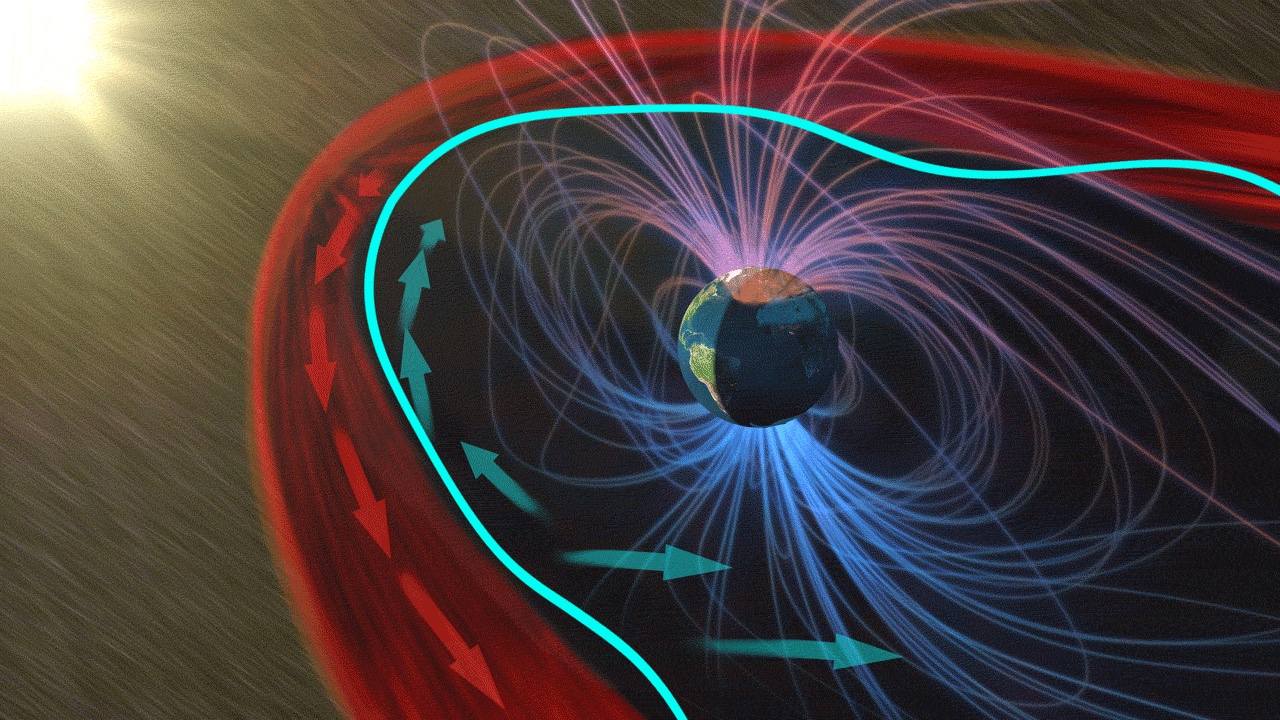Earth’s magnetic environment, filled with ultralow-frequency waves, is like a symphony we cannot hear. These waves result from the dramatic relationship between Earth and the Sun. NASA‘s HARP (Heliophysics Audified: Resonances in Plasmas) project is a citizen science initiative that converts these inaudible waves into audible sounds, enabling researchers and citizen scientists to analyze the cosmic vibrations that depict the Sun-Earth connection.
Unlocking space’s sounds through HARP
HARP’s principal investigator, Michael Hartinger, a heliophysicist at the Space Science Institute in Colorado, highlights the project’s ability to enable citizen scientists to make new discoveries in heliophysics research through audio analysis. By understanding the complex patterns in Earth’s near-space environment, researchers can better comprehend the interactions between our planet and the Sun.
HARP works with data collected by NASA’s THEMIS (Time History of Events and Macroscale Interactions during Substorms) mission, which launched five satellites in 2007 to study Earth’s magnetosphere. THEMIS has gathered a wealth of information on plasma waves across the magnetosphere, but the frequencies of these waves are too low for human ears to hear. By speeding up the waves, the HARP team converted them into sound waves, allowing citizen scientists to listen and identify unique features within the sounds.
The power of human hearing
According to the HARP team, humans are often better at identifying interesting wave patterns by ear than by eye, sometimes even outperforming advanced computer algorithms. This is because humans are naturally skilled at recognizing patterns and differentiating sound sources.
By involving a diverse group of listeners, the project aims to tap into the unique perspectives and reactions of each participant, facilitating new discoveries that might have been overlooked by computers or scientists alone.
Preliminary findings from HARP have already revealed unexpected features, such as the “reverse harp” phenomenon, where frequencies change in the opposite direction from what was anticipated. The project could potentially offer insights into other NASA citizen science projects, like the HamSCI project for amateur radio operators or the Aurorasaurus project examining wave-like auroras.
Ultimately, HARP aims to provide a deeper understanding of Earth’s magnetic environment and the Sun-Earth relationship, while also giving people the chance to appreciate the cosmic “music” that surrounds us.



 Shiftdelete.net
Shiftdelete.net









